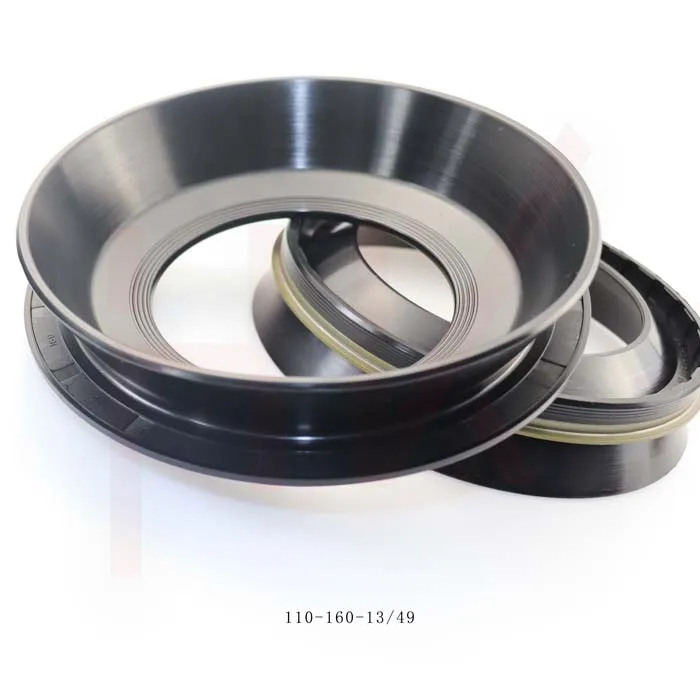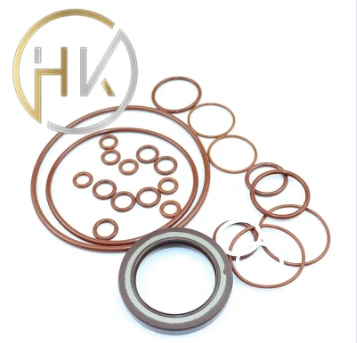helmi . 05, 2025 05:10 Back to list
Standard High Pressure TCV Type Hydraulic Oil Seal


Expertise reveals that oil seals must cope with higher internal pressures than dust seals, demanding robust construction and materials that can tolerate chemical erosion. Typically, oil seals incorporate a primary sealing lip, which rests against the rotating counterpart, often aided by a garter spring to maintain lip tension and ensure a tight seal. Reinforced materials like nitrile, silicone, fluoroelastomer, and polytetrafluoroethylene (PTFE) are commonly employed in oil seals for their excellent resistance to extreme temperatures and extensive wear and tear. In terms of application, oil seals and dust seals can often be found working in tandem, especially in intricate machinery requiring comprehensive sealing solutions. An authoritative understanding of their integration is vital for ensuring that both contamination and lubrication retention are effectively addressed. Industries relying heavily on mechanical reliability, such as automotive, aerospace, and industrial manufacturing, benefit significantly from the combined use of these seals. By selecting the appropriate seal for each role, machinery can achieve optimal efficiency and reduced downtimes, fostering trust in consistent performance. There’s a nuanced layer concerning the installation and maintenance aspects of dust and oil seals. Proper installation is imperative to function, as misalignment can lead to premature wear or failure, underscoring the importance of expertise in handling these components. Using the correct tools and adhering to manufacturer guidelines heightens their operational reliability. Furthermore, regular maintenance checks are crucial in identifying early signs of wear, such as cracks or hardening in dust seals and leaks or lip-separation in oil seals. In conclusion, the choice between dust seals and oil seals should be guided by a comprehensive understanding of their distinct functionalities and material attributes. Meticulous selection and maintenance of these seals enhance machinery efficacy and device longevity, offering insights that mechanical experts have honed through years of hands-on experience. By leveraging expert knowledge, mechanical systems can be optimized for performance and durability, making these sealing solutions indispensable in safeguarding equipment integrity.
-
The Trans-formative Journey of Wheel Hub Oil Seals
NewsJun.06,2025
-
Graphene-Enhanced Oil Seals: Revolutionizing High-Pressure Oil Sealing
NewsJun.06,2025
-
Future of Hydraulic Sealing: Advanced Intelligent TCN Oil Seals
NewsJun.06,2025
-
Don’t Let a Broken TCV Oil Seal Ruin Your Day
NewsJun.06,2025
-
Bio-Inspired Dust Seals for Better Sealing Performance
NewsJun.06,2025
-
Biodegradable and Sustainable Hydraulic Seal Materials
NewsJun.06,2025
-
Top Oil Seal Solutions for Your Industrial Needs
NewsMay.22,2025
Products categories
















